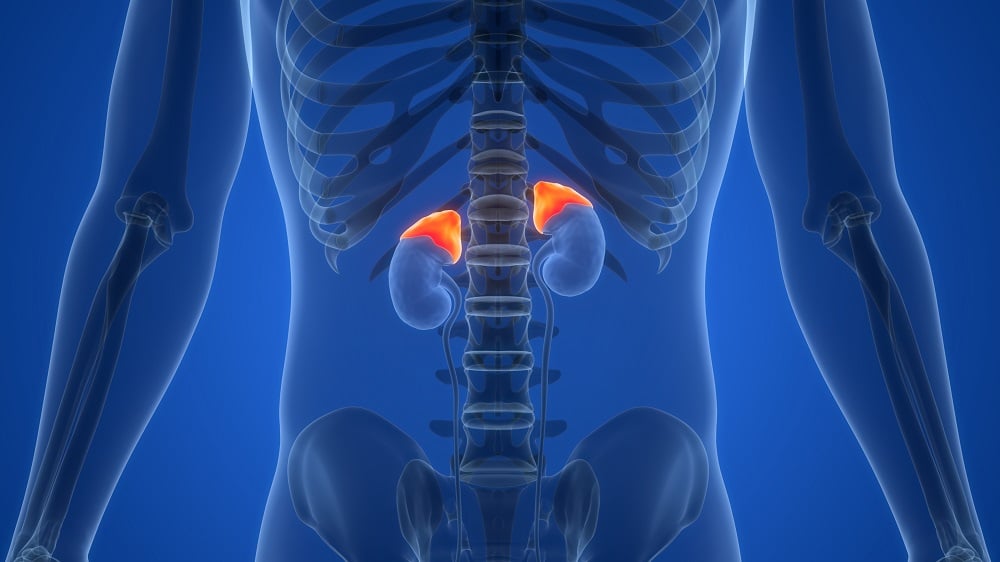Research into Alzheimer's disease has revealed that different brain regions exhibit varying levels of vulnerability to this degenerative condition. A recent study from the University of California, San Francisco, published in Alzheimer’s and Dementia, provides insight into these disparities by focusing on the relationship between cholesterol metabolism and neuronal vulnerability.
Understanding Regional Differences in Vulnerability
Despite advancements in understanding Alzheimer’s disease, the underlying mechanisms remain elusive. Scientists are increasingly looking into specific areas of the brain to identify why certain regions are more susceptible to the disease than others. This study examined 22 post-mortem brain samples with a particular emphasis on two critical regions: the locus coeruleus (LC) and the substantia nigra (SN). The LC is often one of the first sites to exhibit damage associated with Alzheimer’s, while the SN remains relatively unaffected.
“Both regions are anatomically and neurochemically similar, yet they display markedly different vulnerabilities to Alzheimer’s disease.” – Alexander Ehrenberg, Ph.D.
Cholesterol: A Vital Substrate
The researchers analyzed gene expression profiles between the LC and SN. Their findings revealed significant differences in pathways related to inflammation, estrogen, and particularly cholesterol metabolism. The brain, which houses about one-fifth of the body’s cholesterol, primarily relies on glial cells to produce this essential molecule, which is crucial for neuronal health.
Notably, the study indicated that LC neurons exhibit a heightened demand for cholesterol, suggesting that these neurons are actively engaging in both the production and uptake of cholesterol:
- Cholesterol Production: LC neurons are striving to synthesize their own cholesterol.
- Cholesterol Uptake: These neurons are absorbing cholesterol more intensely than their counterparts in the SN.
Hypothetical Mechanisms Behind Increased Demand
The research posits that the LC's extensive neuronal projections throughout the neocortex might contribute to its increased cholesterol requirements. This extension, while necessary for maintaining neuronal membranes and supporting synaptic function, could also lead to vulnerabilities:
- Wider Projections: The LC’s broad connectivity may increase its metabolic demands.
- Synaptic Support: Additional cholesterol is required for maintaining efficient synaptic function.
Implications for Alzheimer's Pathology
The study also uncovered that the LDLR gene, which encodes for a receptor complex involved in cholesterol uptake, was expressed at significantly higher levels in the LC compared to the SN. This receptor not only facilitates cholesterol uptake but also the absorption of amyloid beta oligomers, a critical element in the pathology of Alzheimer’s disease.
The compelling relationship between cholesterol metabolism and amyloid beta dynamics reinforces the necessity for deeper discussions regarding treatment implications:
| Gene | Function | Relationship with Alzheimer's |
|---|---|---|
| APOE | Cholesterol transport | Strongly linked to sporadic Alzheimer’s |
| LDLR | Lipoprotein uptake | Facilitates amyloid beta entry |
Conclusion and Future Directions
This study underscores the critical need for further research into the cholesterol metabolism dynamics of the LC region to better understand its vulnerability in the context of Alzheimer’s disease. Researchers emphasize:
- Investigating potential therapies that target cholesterol pathways to enhance neuronal resilience.
- Exploring the LDLR gene as a possible intervention point for mitigating amyloid beta pathology.
- Conducting larger studies to validate these initial findings and the proposed hypotheses.
The exploration of cholesterol’s role in Alzheimer’s disease not only improves our understanding of the pathogenesis but also illuminates potential therapeutic strategies aimed at reducing vulnerability among affected populations.
References
[1] Ehrenberg, A. J., et al. (2025). Pathways underlying selective neuronal vulnerability in Alzheimer’s disease: Contrasting the vulnerable locus coeruleus to the resilient substantia nigra. Alzheimer’s & Dementia, 21, Article e70087.
[2] Feringa, F. M., & Van der Kant, R. (2021). Cholesterol and Alzheimer’s disease; from risk genes to pathological effects. Frontiers in Aging Neuroscience, 13, 690372.
[3] Jongbloed, W., et al. (2015). Amyloid-β oligomers relate to cognitive decline in Alzheimer’s disease. Journal of Alzheimer’s disease, 45(1), 35-43.













Discussion